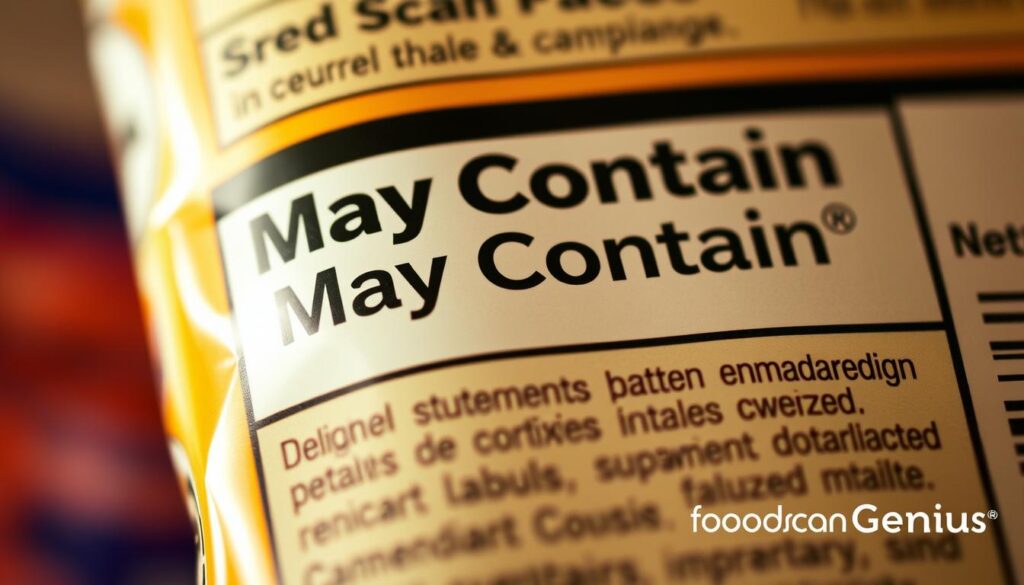In the whirlwind of life, it’s easy to get caught up in the dazzling lights and catchy jingles of marketing, blindly throwing money at whatever shiny object catches our fancy. But before you succumb to the siren song of consumerism, take a moment to stop, read that tiny font, and educate yourself about the product you’re about to bring into your life.
Just like Jack Donaghy dissects every financial statement until he understands every nuance, we, the consumers, need to dissect those product labels with the same scrutiny. These labels are like tiny roadmaps, guiding us through the maze of ingredients, nutritional information, and potential hazards.
Now, I know what you’re thinking: “Liz, I’m not a scientist. I can’t decipher the chemical formulas and obscure abbreviations on these labels.” But fear not, fellow label dodgers, for I’m here to demystify the jargon and make product labels your new best friends (like my friend knows her Gatorade ingredient labels like the back of her hand)
Food labels, for instance, are like a treasure map to your health. They reveal the hidden sugars, sodium monsters, and unhealthy fats lurking in those seemingly innocent snacks. By reading these labels, you can identify the nutritional gems that will fuel your body and avoid the junk that will clog your arteries.
Household products, personal care items, and even those adorable little toys for your kids can also hold hidden dangers. Sharp edges, toxic chemicals, and choking hazards lurk behind those catchy packaging and charming smiles. By reading the labels, you can protect your loved ones from these lurking threats.
So, next time you’re tempted to impulse buy that latest gadget, that shiny new gizmo, or that irresistible chocolate bar, remember Liz Lemon and her unwavering commitment to informed consumption. Take a deep breath, grab a magnifying glass, and decipher those labels. Your health, your wallet, and your sanity will thank you.
And remember, label reading isn’t just about protecting yourself; it’s about protecting the planet. By making conscious choices, you can reduce your environmental impact and create a healthier future for all.
So, go forth, fellow label dodgers, and embrace the power of informed consumption. Together, we can transform the marketplace from a battleground of marketing gimmicks to a haven of enlightened choices.





